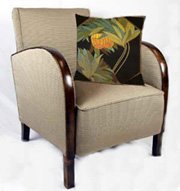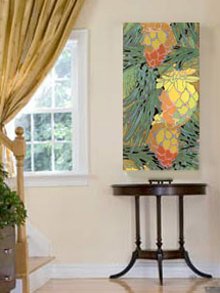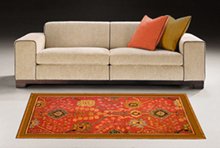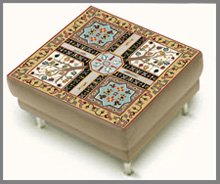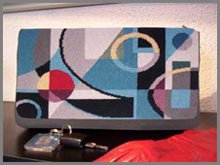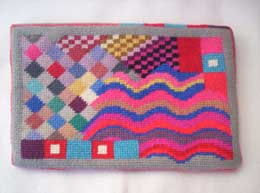THE BEST NEEDLEPOINT YARN
FOR THE BEST RESULTS!

What’s the best way to learn about needlepoint yarn?
Touch it, feel it and look at all the beautiful colours!
You‘ll soon spot the specific differences between the most commonly used yarns.
What is needlepoint yarn?
The yarn most often used is made of pure wool and is spun specially for embroidery, being less stretchy than knitted yarns.
Cotton and silk yarns are also made specifically for tapestry work.
BASIC NEEDLEPOINT THREADS
TO CHOOSE FROM
WOOL YARNS
TAPESTRY (or TAPISSERIE) WOOL is a smooth, 4-ply needlepoint yarn.
Used in a single strand it is suitable for medium mesh (10-14 holes) canvas.
For me, this is the perfect combination for the amount of detail in most of my needlepoint designs. For example, the photo above shows 4-ply tapestry wool with 12-mesh canvas and the detail is excellent without straining your eyes!
Click on photo to see the detail in other cushion designs with the same combination of tapestry wool and 12-mesh canvas.
CREWEL WOOL is a thin, 2-ply needlepoint yarn generally used with two or more strands in the needle. Being soft and fine (yet strong), it blends smoothly.
Two or three colours can be used together in the needle for subtle shading. If the shades are close, you will create a new colour !
If they are contrasting, you will have a tweedy effect. Fun to experiment with…and keep for future reference noting which yarns you combined! You just never know when you’ll use it!
PERSIAN WOOL is another 2-ply needlepoint yarn, somewhat thicker than crewel. It comes in a triple strand, which can be separated easily to give one or two strands as required.
COTTON THREAD
For a bolder effect, cotton threads can be used, available in pearlized or matt finish. They provide an even greater range of colours and textures to play with than wool.
I created many of my belt bags, including this ‘Boogie Woogie’ belt bag, in cotton thread.
It has the clarity and strength of colour I wanted for the design.
Click on photo to learn more about other bag designs with cotton thread.
SILK THREAD
Silk, as a natural fibre, with its beautiful sheen and rich colours, can transform your tapestries from plain to stunning!
Although a more delicate fibre than wool, silk can still bring a beautiful enhancement to any design, such as accenting stamens on a flower….or creating a lustrous motif which would contrast elegantly with the mat finish of wool or cotton.
However, I don’t advise silk for any tapestry that is subject to wear, such as a seat or piano bench.
There are an amazing number of silk yarn types to choose from for your next stitching project. Go online or visit your local needlepoint store to see the incredible range available.
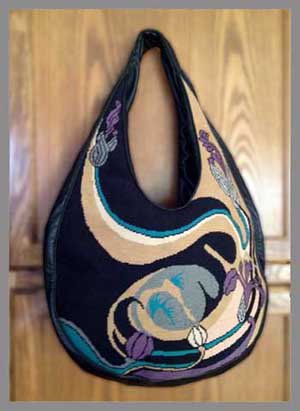
SILK AND WOOL BLEND THREADS
A wonderful thread that combines the beauty of both fibres!
The 50% blend of wool and silk gives a unique effect as the blended fibres create a soft texture and low lustre sheen, giving your stitching greater depth and individuality.
Our Dutch Iris Handbag, to the right, was beautifully stitched by a ZIVA client, in a Silk and Wool blend yarn.
Click here to learn more about this popular design.
Most silk and wool blend yarns can be used on 13 to 18 holes per inch canvas.
Some manufacturers provide colours in the silk and wool blend to coordinate with the colours in their silk thread range.
This gives you a great opportunity to mix textures!
THE BEST YARNS FOR THE BEST RESULTS
My favourite yarns are from Appleton Wools, because of their excellent range of colours. Each shade is produced in both crewel and tapestry wool. A great advantage when you want to work small and large stitches in the same colour!
This photo shows a detail of my ‘Morris Mineur’ area rug. You can see the beautiful subtlety of colours possible with Appleton tapestry wools!
By the way, did you know that Appleton Wools have been made in England for over 150 years and were used by William Morris himself?
Click on photo to learn more about how I created this area rug as a tribute to my hero, William Morris!
I have also used the range of colours from Anchor Tapisserie Wool and Paterna Persian Yarn for certain projects and find their quality to be excellent as well.
And any time I use cotton thread, I love the soft cotton colours from DMC.
And what about the beautiful colours of silk and wool blends from the Caron Collection!
I will gladly work with your favourite yarns... as long as the colour range and yarn quality do not jeopardize the final design or the finished embroidery.
I've given you an idea of my favourite yarns.... that leads to the big question.....
HANKS VS SKEINS
Different manufacturers have different lengths of yarns to make up a skein or hank.
For example, with Appleton Tapestry Wools, 1 skein is 10 metres of continuous thread, with 55 metres making up a hank.
With Anchor Tapisserie Wool , 1 skein = 10 metres as well, but 1 hank = 48 metres.
With DMC , 1 skein = 8 metres.
Check out the price lists and you’ll find that hanks are more economical and easier to use. It is worthwhile buying a hank unless the required amount is only one or two skeins.
Also you won’t have as much problem with dye lots. (read comments below)
YARN QUANTITIES
Yarn quantities can be very tricky to determine, because some people stitch looser or tighter than others do.
Also it depends on the type of stitch being used. For example, if you use half-cross stitch you will require approximately 30 % less wool than if you use basketweave tent stitch.
If you need to be very precise in your estimates, you can stitch a sample square in the stitch you intend to normally use, and note exactly how much wool is used. Then do your calculations from there.
I have also found, when I first started stitching, that needlepoint stores are excellent on helping you with determining yarn quantities.
Allow more than the eventual calculation to take into account the irregularities of shapes around the design.
The main concern in estimating yarn quantities is to make sure you have enough yarn in the same dye lot, particularly for the background colour.
Because needlepoint yarn isn’t expensive, I always overestimate the background yarn requirements when ordering, to help eliminate that problem. Otherwise the slightest change will show when stitching.
On my frequently-asked-questions page, I have provided you a detailed guide for estimating yarns yourself!
WHERE TO BUY YARNS
All major brands of needlepoint yarns are widely available in needlepoint shops and department stores. You can contact the manufacturers on the internet to find the closest retailer near you, or where to order their yarns online.
HELPFUL TIPS
1.Wash your hands before you handle the yarns.
2.Before you start, identify all your threads... it may help to label each shade with the corresponding manufacturer’s colour name and code.
3.Keep your needlepoint yarn clean in plastic bags as you work.
4.Store left-over yarns according to colour in clear containers with lids to keep the dust out.
You never know when you be looking for ‘just the right colour’ for your next project.

NEEDLEPOINT NEEDLES
Always use a tapestry needle which has a blunt point; a needle with a sharp point will split the yarns and canvas.
The eye of the needle should be big enough to accommodate the thickness of the yarn easily, but not as thick that you have to force it through the canvas.
The following will serve as a useful guide for needle sizes:
◦ For 18-mesh canvas, use size 22 needle
◦ For 13-and 14-mesh canvas, use size 20 needle
◦ For 10- and 12-mesh canvas, use size 18 needle
◦ For 6-, 7- and 8-mesh canvas, use size 16 needle

NEEDLEPOINT SCISSORS
It’s best to have two pairs of scissors... a small embroidery pair with sharp points, and a larger pair for cutting the hanks of yarn and the canvas.
These other items are helpful but not essential:
A seam ripper is also useful for cutting any mistakes out.
For fine stitches, it is frequently easier and neater to do this from the back of the work and then to use a pair of tweezers to pull the cut threads out.
Do you now have a better idea about needlepoint supplies and types of yarn available and when to use them?
This can only be a guideline to yarns... stitching needlepoint is a wonderfully tactile experience, so order different needlepoint yarn types and try them out!
You’ll soon see and feel the differences in quality, and canvas coverage.
It’s the best way to figure out what’s right for you!
Now you’ve learned about needlepoint yarn, click herefor info on the other needlepoint basics ... Needlepoint Canvas
Click here, to learn how to do the Basic Needlepoint Stitches.
From Needlepoint yarn to Home Page for more about the ZIVA Collection designs.
Like This Page?
Translate any page on this site to your language!


NEW!
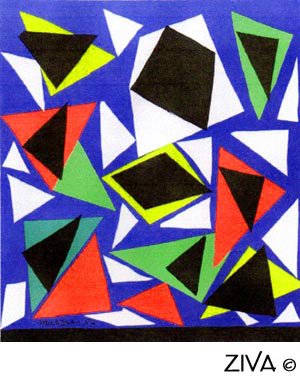
NEW!
'MATISSE TRIANGLES' CUSHION DESIGN
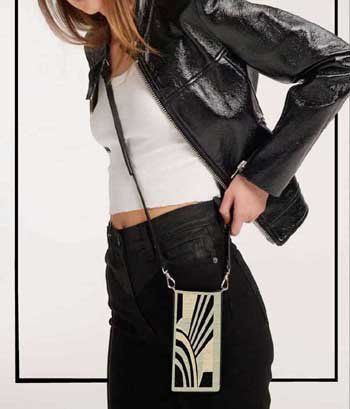
NEW!
FREE ART DECO CELL PHONE OR GLASSES CASE DESIGN
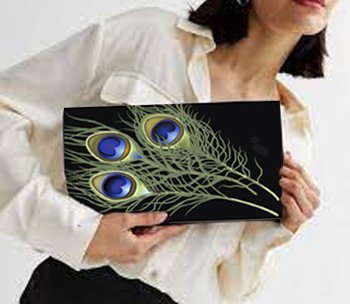
NEW!
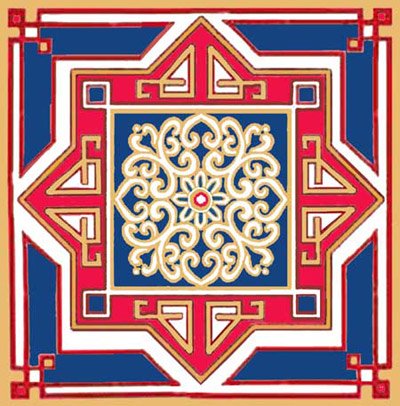
NEW!
THREE FREE
ANCIENT CHINESE CUSHION DESIGNS
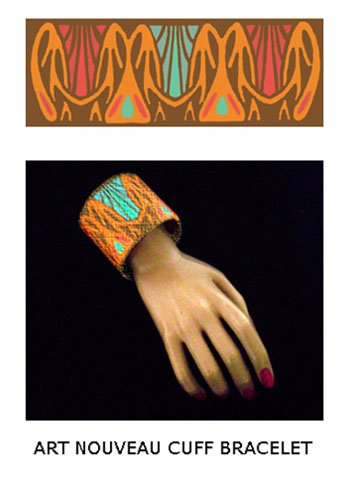
NEW!
THREE FREE
ART NOUVEAU
CUFF BRACELETS DESIGNS
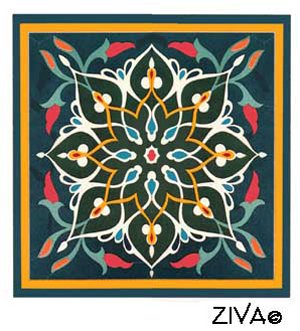
NEW!
TWO PERSIAN
OR
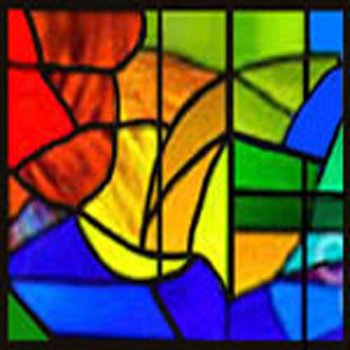
NEW!
GAUDI'S STAINED-GLASS CUSHION DESIGNS
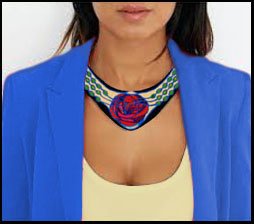
NEW!
ANOTHER MACKINTOSH INSPIRED DESIGN!
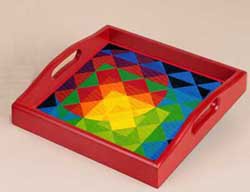
WITH MANY USES...
TRAY, FRAMED, CLUTCH BAG OR CUSHION!
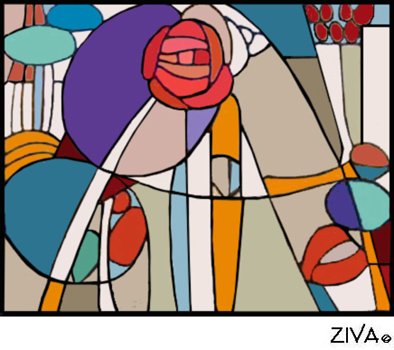
TWO MORE
STAINED-GLASS DESIGNS
FOR CUSHIONS
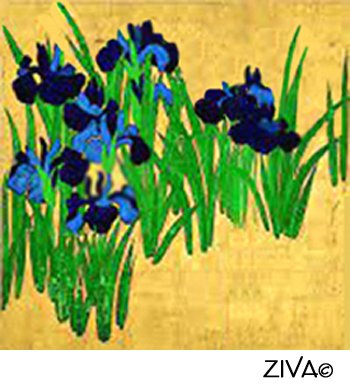
TWO MORE
JAPANESE DESIGNS
FOR
OR
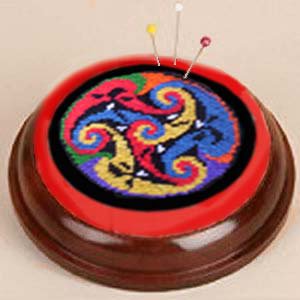
FOR YOUR WRIST OR ON A BASE
YOU CHOOSE!
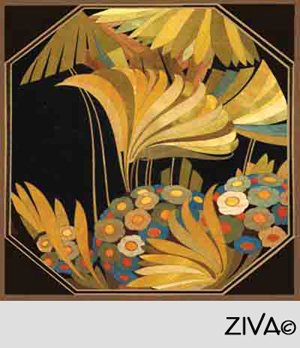
MORE!
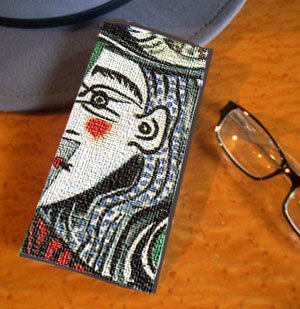
INSPIRED BY A PICASSO PAINTING!
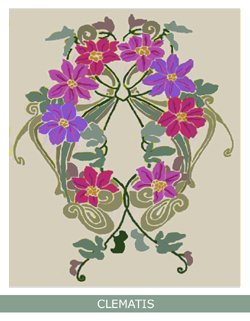
FOUR MORE
FRENCH COUNTRY DESIGNS
FOR
OR
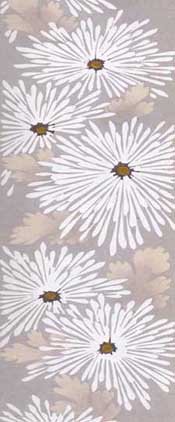
MORE!
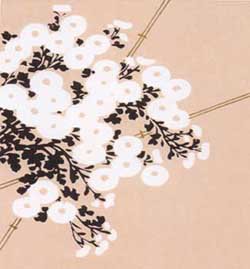
NEW!

NEW!
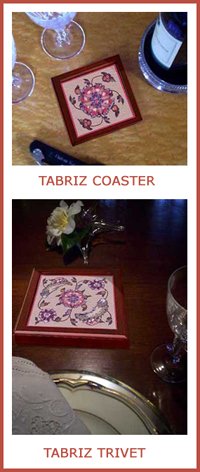
NEW!
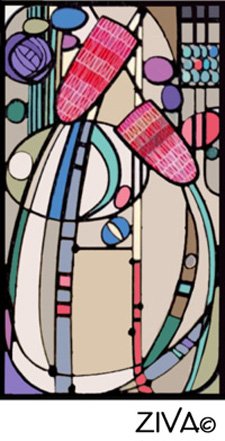
NEW!
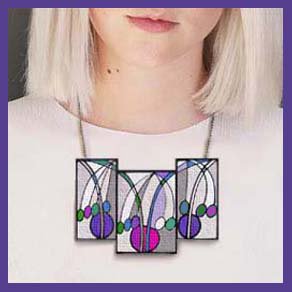
NEW!
INSPIRED BY MACKINTOSH!
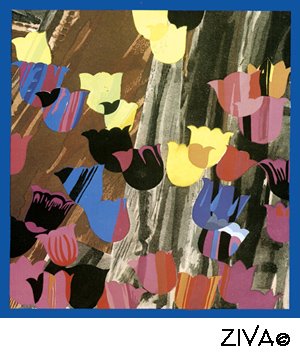
NEW!
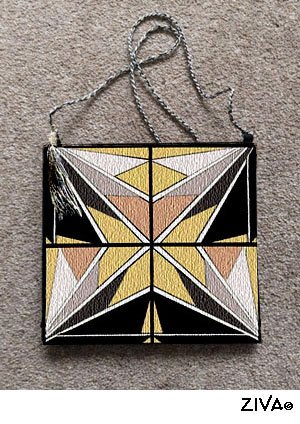
NEW!
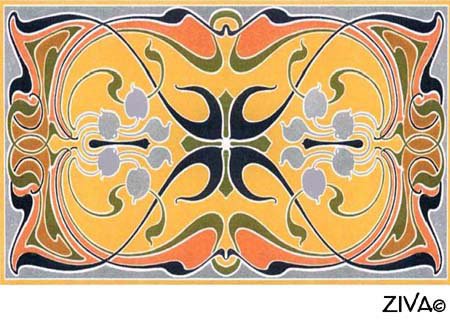
MORE
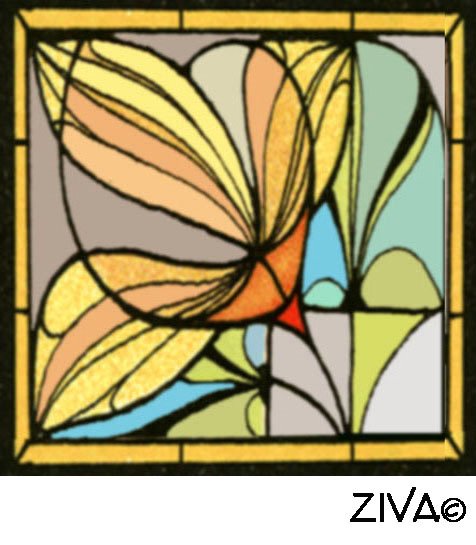
MORE
STAINED GLASS CUSHION PATTERNS
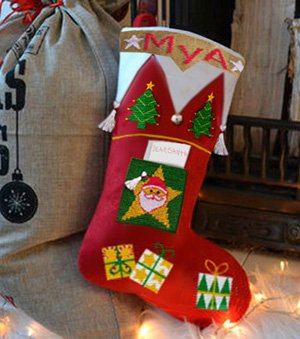
NEW!
FOR CHRISTMAS STOCKING!
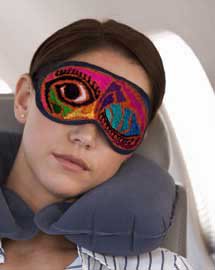
NEW!
INSPIRED BY PICASSO!
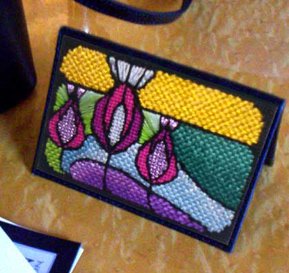
FOR A COIN PURSE OR CARD HOLDER
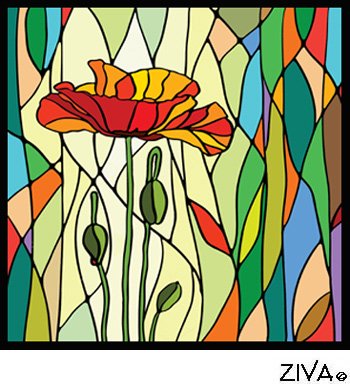
NEW!
FOR CUSHIONS

FOR LOTS OF MAKING UP IDEAS!
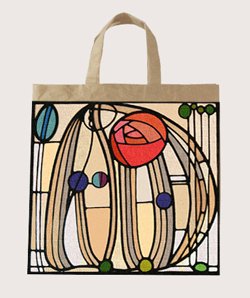
FOR TOTE BAGS OR HANDBAGS
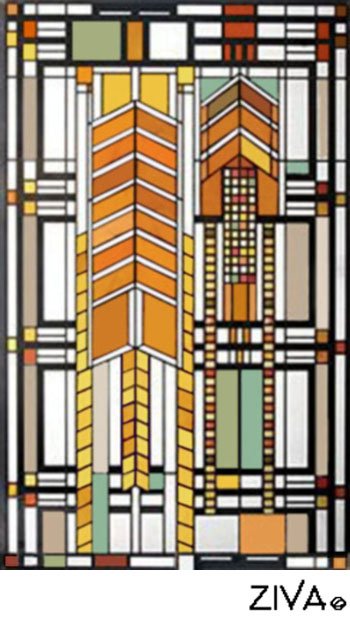
FOR NEEDLEPOINT ART
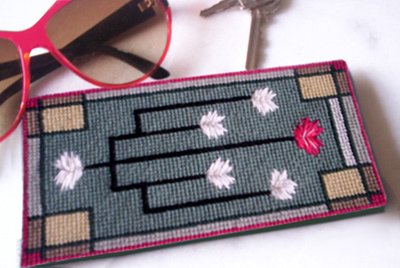
IN THE PRAIRIE STYLE!
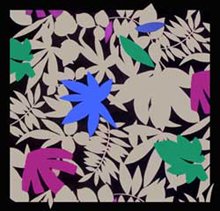
INSPIRED BY
MATISSE!
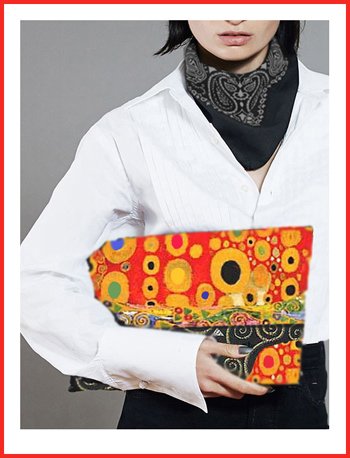
INSPIRED BY
GUSTAV KLIMT!
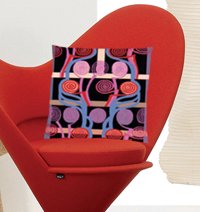
INSPIRED BY
MACKINTOSH!
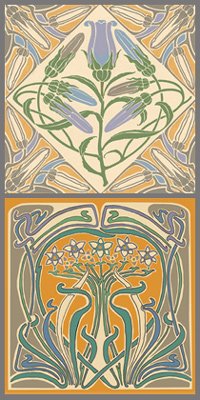
CUSHION DESIGNS
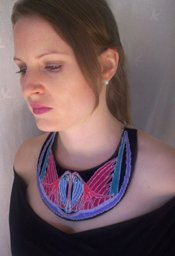
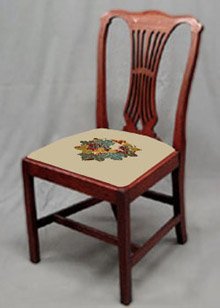
'MY FRENCH COUNTRY' SERIES
